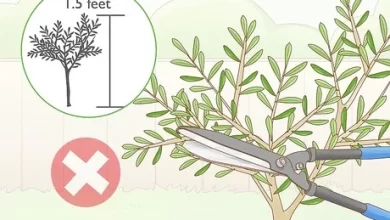How to Fertilize Eggplants Step by Step – Sembrar100
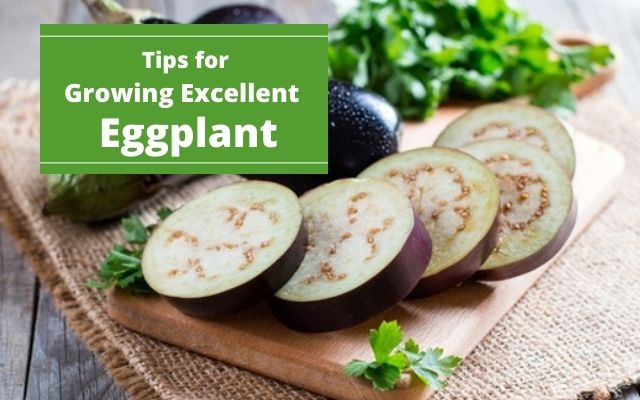
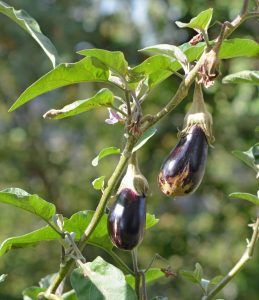 The cultivation of aubergines is becoming more common in the world thanks to the positive characteristics that this vegetable offers, especially at a nutritional level.
The cultivation of aubergines is becoming more common in the world thanks to the positive characteristics that this vegetable offers, especially at a nutritional level.
It is one of those plants that needs a large amount of nutrients to achieve abundant, good-sized and high-quality crops.
This fertilization process for aubergines begins before planting and is maintained for a period that is profitable.
To make it clearer to you the entire panorama that it involves, below we present the most exact data on this topic. Do you dare to review them with us?
Why is it important to fertilize eggplants?
Aubergines are very demanding crops with their nutritional values because, if they are not achieved, the harvest results will not be the most optimal.Nutrient establishment begins before planting by providing sufficient compost to the substrate.
The main reason is that eggplants are plants with deep roots that need to acquire enough resources to develop the superficial part.
Nutrition is an action that also contributes to the health of the plant, helping it to be in perfect condition for the productive moment. And, in the face of the possible attack of pests and diseases, it is easier for a well-nourished plant to offer resistance than one that is not.
How often should we pay the aubergines?
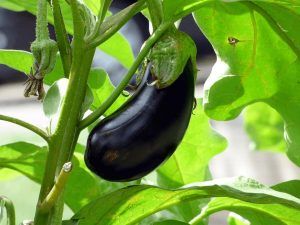 The fertilizer for the aubergines will cover the entire lifespan of the crop, from before sowing until the moment the fruit begins to form.
The fertilizer for the aubergines will cover the entire lifespan of the crop, from before sowing until the moment the fruit begins to form.
This is established in the spring and summer periods, weekly fertilizers being necessary in some cases depending on the stage of the plant.
Another important point to determine the fertilization periods is the objective that you hope to achieve, since in each case the nutritional orientation will vary. The time of greatest demand is in the summer, just when the fruit set begins.
What nutrients do eggplants need?
The main nutritional resources that the eggplant must have throughout its life include nitrogen (N), potassium (K) and phosphorus (P).It will also be necessary to compensate and include calcium (Ca), magnesium (Mg), boron (B), zinc (Zn), iron (Fe), manganese (Mn), and copper (Cu).
The way of presenting them will vary, since in some cases it is necessary to work with compound versions, as occurs with phosphorus that is added by means of phosphates.
At present, benefits have been found by incorporating carbon dioxide (CO2) into irrigation water as a nutrition mechanism for aubergines. The first advantage is that it significantly reduces the use of nitric acid, as well as other fertilizers that are applied throughout its harvest time.
In addition, carbon dioxide acts positively on the fruits and helps the plant more easily absorb the nutrients that are incorporated with other fertilizers.
What kind of fertilizers do eggplants need?
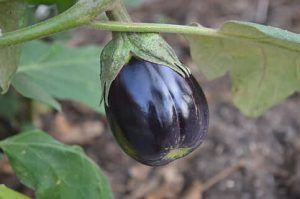 The aubergines will be fertilized with different types of fertilizer depending on the needs of each stage.
The aubergines will be fertilized with different types of fertilizer depending on the needs of each stage.
The compost will be the first component, which must be included in the substrate before proceeding to planting. It is possible to replace it with manure if you do not have compost.
Later, it will be possible to work this procedure by means of soluble fertilizers or fertilizers in liquid version.These have the advantage of being very easy to apply and have a low price, making them very practical.
When managing a fertigation irrigation system (which is very common in these cases), the application of specialized fertilizers is much easier. However, there are also complex fertilizers with a granular texture that are capable of adapting well to the structure of the aubergine.
The important thing when choosing the fertilizer is that it is capable of supplying both the macro and micronutrients that it requires.
How do we prepare fertilizer for eggplants?
It is necessary to have a well-fermented compost to incorporate into the substrate before proceeding to plant the aubergines. This must be spread in the planting place, taking care that the area is well plowed so that the nutrients are distributed evenly throughout the surface.
Soluble fertilizers are diluted in the irrigation water according to the proportions established by the manufacturer as the most optimal. A similar case occurs with liquids. This solution is then applied to the crops as irrigation is normally done.
How do we detect if the aubergines need fertilizer?
There are several situations that could lead you to consider a nutrient deficit in your eggplants. We leave them listed below:
- Nitrogen: fulfills several essential functions throughout its development. It is the main nutrient that helps growth and vigor. It manifests itself with leaves that begin to turn yellow, as if they were drying up.
- Potassium: it is another of the fundamental macronutrients for the aubergine and whose lack means that the crops are not of such good quality. Symptoms also manifest on the leaves which appear to turn black towards the edges.
- Phosphorus: acts on the number of flowers produced by the plant and, therefore, on the number of fruits. Phosphorus, when deficient, shows its warning signs in older leaves , which begin to turn yellow from the edges to the center.
The fertilizer for aubergines is an issue that you cannot ignore in the crop because otherwise you will obtain a low quality and small crop. These requirements are generated before the crop and you have to maintain them for the entire life time, until the formation of fruits.
If you do the whole process efficiently, it is almost certain that you will feel very proud of your harvest at the end of the cycle and that you will be encouraged to have them in the next opportunity. And since they are so good in the kitchen and so nutritious, you will have a luxury vegetable for all your preparations.
Bibliographic references
- Irrigation and fertilization of eggplant, J RECHE MARMOL – Hortoinformacion, 1995 – sidalc.net
- EVALUATION OF AN ECOLOGICAL CULTIVATION OF EGGPLANT IN A GREENHOUSE, LG Alarcón, LMZ Pérez, JCG Garrido, DEM Abad… – agroecologia.net
- Internal quality of different varietal types of aubergine in conventional and organic farming, MD Raigón, A Rodríguez-Burruezo, J Prohens – sech.info
- Aubergine cultivar test, JP Varela, CP Ortega – Seminar for technicians and specialists in…, 1996 – miteco.gob.es
- Agronomic trial of three aubergine cultivars (solanum melongena L.) in a greenhouse, J Hernández Díaz – 2019 – riull.ull.es
Maybe you are also interested in:

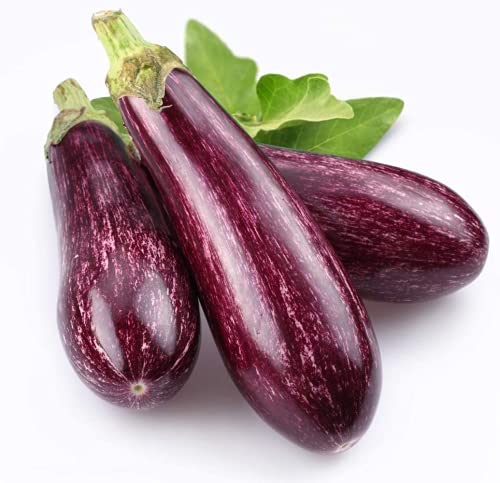
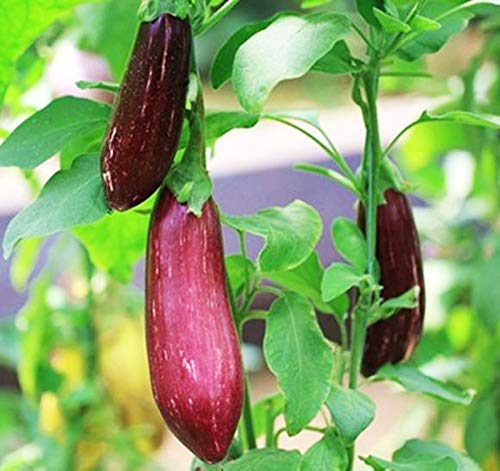
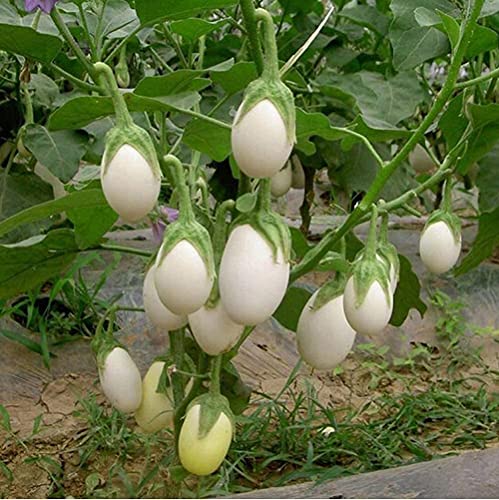
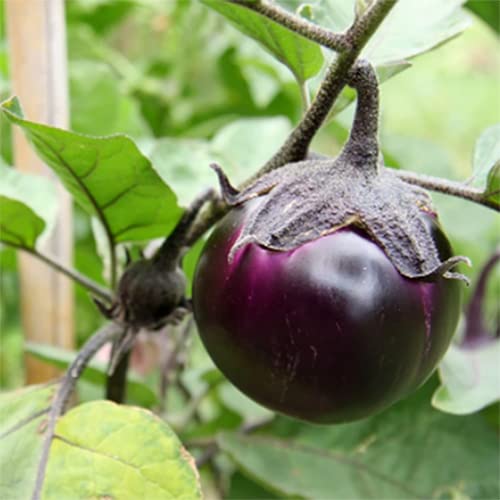
![Photo of [7 Tips] For the Perfect Care of your Garden](https://www.complete-gardening.com/wp-content/uploads/2022/08/7-tips-for-the-perfect-care-of-your-garden-390x220.jpg)
![Photo of Cold Weather: [Characteristics, Flora, Fauna and Adaptability]](https://www.complete-gardening.com/wp-content/uploads/2022/08/cold-weather-characteristics-flora-fauna-and-adaptability-390x220.png)

